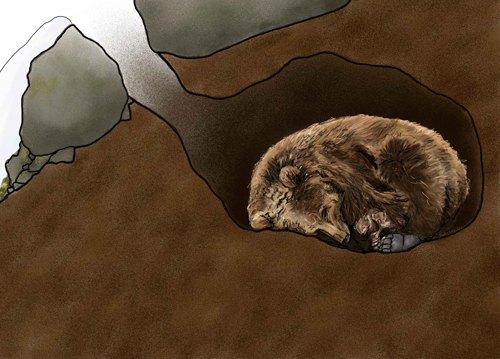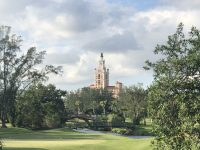Hibernation: Research for Wealth Whispers
Hibernation. If you know anything about bears, you probably know they hibernate. You might also know about their love for honey and trout and salmon. And maybe you know that mama bears are, well, mama bears. You don’t mess with them.

Coming soon!
Title image: Courtesy of Katmai National Park and Preserve, Alaska. No copyright infringement is intended.
Wealth Whispers is the third book in my shapeshifter trilogy. It involves werebears. So, naturally, I needed to study up on bears themselves. And their related practice of hibernation.
I love doing research. Only a fraction of it ever ends up in one of my stories. But knowing more about a subject than what I put on a page gives me confidence about what I do choose to use.
Hibernation: Not Good for Most Mammals
What happens to most mammals when they go for long periods without eating or moving?
The answer is simple. Their muscles break down.
Children who do not get enough protein experience what is known as muscle wasting. The elderly also experience muscle wasting known as sarcopenia, an accelerated form of muscle loss. This loss contributes to bone fractures and falls as you age.
Turns out, inactive adults lose 3% – 5% of their muscle mass each decade after 30. Sarcopenia typically happens around age 75. But it may kick in as early as 65 or as late as 80.
What to do?
My go-to answer for many of life’s question is: yoga. To prevent (or at least slow down) muscle loss, body-weight-bearing exercises such as Plank are great. As are balancing exercises such as Tree.
Don’t forget Bear Pose!
See also: Daily Yoga: A Year of Practice
Hibernation: Good for Some Mammals and Amphibians
Before reading up on hibernation I did not realize how many animals hibernate. Squirrels. Chipmunks. Frogs. Turtles. And, of course, bears.
These hibernating animals do not eat or drink over long periods of time, often months. And they are inactive and spend most of their time sleeping. During this time they reduce their metabolic rates and, thus, their energy demands. Yet despite the combination of fasting and inactivity, they keep their lean muscle mass stable.
A recent study in Science points out that all animals live in close association with a vast diversity of microorganisms – aka microbiota – that contributes to the host physiology. The study furthermore showed that the microbiota in hibernating animals’ guts are responsible for maintaining their muscle mass. Amazing!
Good news. Studies of the microbiota activity in hibernating animals have led to therapies for humans experiencing muscle wasting: those suffering from protein malnutrition, age-related sarcopenia, or prolonged inactivity such as during space travel or long-term hospitalizations.
When I started my study of hibernation in bears, I did not think I’d end on a high note for humans!
Categorised in: Blog, Writing, Writing Romance
This post was written by Julie Tetel Andresen
You may also like these stories:
- google+
- comment



